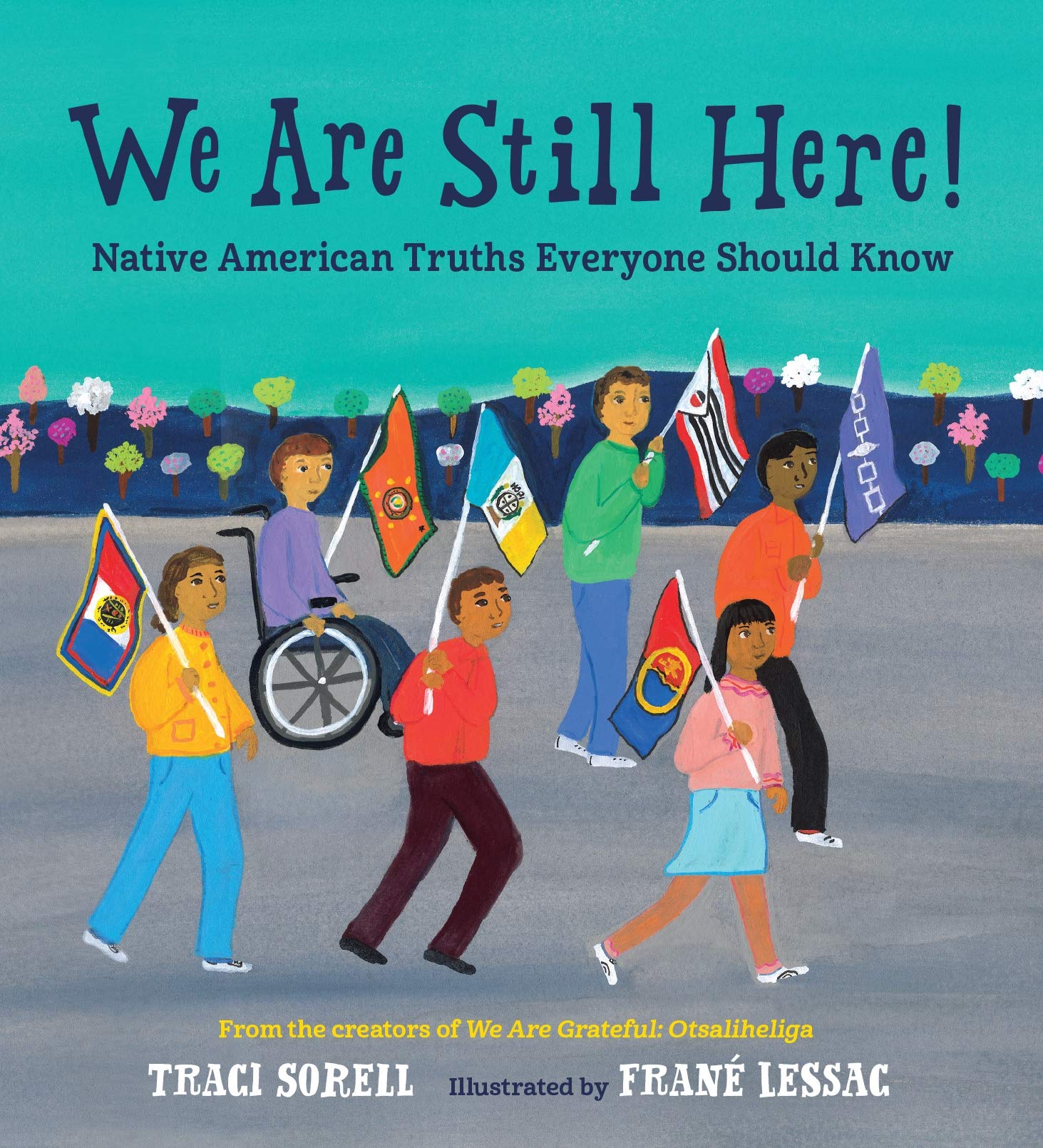“When you give someone an education, it changes them irreversibly; it transforms their life and it changes their community forever.” –Marty Castro
National Native American Heritage Month is here! Similar to what we have done with other heritage months, CLI is excited to share our thoughts on how to honor and acknowledge this special occasion, along with book recommendations and resources for the classroom.
What began in the early 1900s as an effort to have a day of recognition for the contributions that Indigenous Americans have made to society, has resulted in a monthlong celebration and acknowledgement. Under the Reagan administration, “American Indian Week” was put into place. In 1990, President Bush proclaimed November as “National American Indian Heritage Month” to celebrate the history, culture, and traditions of Indigenous Americans.
CLI’s approach to Native American Heritage Month aligns with its views on all of the Heritage Months we acknowledge. We believe to authentically tell our nation’s history, we must create a story that’s inclusive and goes beyond the accomplishments, ideas, and creations of a few. Schools need to integrate these stories into curriculum throughout the entire school year. Some are the untold stories or narratives that have been ignored and/or overlooked. As a nation we must do a better job of sharing a more inclusive story as to who we are, where we are from, why we came here, how we came here, what we have experienced, and what we have done. Additionally, we must explore ways in which we can come together to envision a better tomorrow.
Hispanic Heritage Month Guide
Download and share this helpful guide today!

Here are some ways you can use children’s literature to dig deeper into the experiences of Indigenous Americans. These umbrella concepts and questions can be used to build positive identities, celebrate the joy of other cultures, spark conversation, and inspire children to stand up for change.
Connect Children to Their History
Connect the events of history to the lives of the children in your classrooms. Explore how the actions of the past shaped and continue to shape the lives of people now. Help children to see how historical events connect to current events.
- How do you see yourself in the activists we read about?
- What did you learn about who you want to be?
- In what ways do you and your family celebrate your culture?
Understand Intersectionality and its Effects on People
Intersectionality refers to the social, economic, and political ways in which identity-based systems of oppression and privilege connect, overlap, and influence one another. Help children understand what intersectionality is as a concept and how it makes for different life experiences for Latinx people.
- How does race impact the life experiences of Latinx people?
Develop Criticality
- How do you know when something is unfair?
- Make a list of things that you think are unfair. For example, you may want to focus on classroom and/or school policies and/or rules.
- Why do you think these things are unfair?
- How would you change these things to make them more fair?
- How did the changes you made to make things more fair affect people’s lives?
Understand and Dismantle Racism
- How does hate show up in our lives today?
Have Children Explore Their Own Identities
Gaining an understanding of who you are in this world is incredibly important, and providing children an opportunity at a young age to explore this journey is an essential part of a child’s development. Literature is a bridge to a large variety of discussions around identity. This is also an excellent way to introduce the concept of intersectionality.
- How did the identities of the main character affect the story?
- If the gender of the main character was changed, how do you think the story may have been told differently?
- To introduce intersectionality:
- When you think of yourself, what are the major identities that come to mind first – e.g., gender, race, neighborhood, athlete, musician, etc.? Discuss if you feel that some of your identities result in you being treated more fairly than others that you hold.
- Facilitate a conversation around a character that has lots of interesting identities that intersect, e.g.: a very athletic, Latinx girl who loves to play football with the boys at recess, and is an amazing drummer with her local drill team. Discuss how her intersecting identities impact how she is viewed and treated in the story.
National Native American Heritage Month Book Collection
In celebration of National Hispanic Heritage Month, our 2021 list of picture books centering the lives and language varieties of Native and Indigenous people offers family stories, biography, memoir, fantasy, and folk tales.

Get Updates!
Ensure you stay up-to-date with the latest news, impact reports, donor events, and much more.
